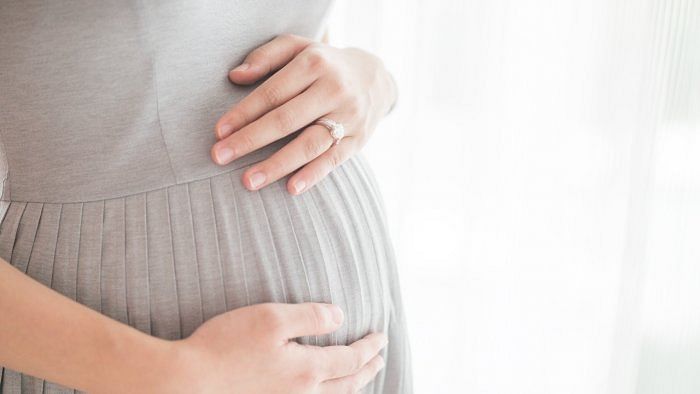
Pregnancy involved drastic changes in the body and leads to many troublesome conditions. One such is piles, or haemorrhoids, which are the enlarged blood vessels in the anal canal. Also called anal cushions, they are normal and physiological. They are an integral part of the body and contribute significantly to continence and prevent the leak of liquid stools or wind.
The trouble is when piles get swollen and cause discomfort. These lumps can cause a series of unpleasant symptoms including swelling, bleeding, leakage, itching and inability to keep the back passage clean. Occasionally, there can be a blood clot within these, causing pain. This is called as thrombosed haemorrhoid.
Causes and symptoms
Pregnancy can cause symptoms of swollen piles but there are several causes: Constipation, straining, sitting for long hours, lifting heavy weights and strenuous exercises are a few. Prostatic and liver problems too can cause swollen piles. Advanced age leads to weak pelvic floor and hence piles are more likely.
Bleeding while evacuating stools, itching, mucus discharge, lumps around the back passage, lumps prolapsing in and out, feeling of fullness in the back passage are some of the common symptoms.
Pain is usually a symptom only when there is a blood clot within the piles. Large, bulky piles associated with loose lining of the rectum and back passage, can cause evacuatory difficulties.
Piles during pregnancy
Pregnancy can lead to troublesome piles. Raised intra-abdominal pressure, hormonal changes and labour are other precipitating factors. They can worsen during the third trimester and post-pregnancy.
Prolonged labour can have an adverse impact on piles. In most cases, they resolve after pregnancy. In some it persists and causes symptoms.
Increasing uterine size in addition to abdominal and pelvic pressure causes dilatation of the piles venous plexus. Increased circulating blood volume, thinning of veins and swelling of the veins all contribute to symptomatic piles. Hormones have a role to play too.
Especially during the last trimester, there is an increase in progesterone levels which leads to smooth muscle relaxation thereby increasing the laxity of the veins.
Progesterone also causes constipation, which adds to straining on defaecation and increases the time on the toilet.
All these add to the problem. One in three women become constipated during pregnancy and a majority of them develop piles symptoms.
Prevention
High fibre diet, adequate water consumption and exercise can prevent piles during pregnancy. Prevention of symptomatic piles is also possible through mobility and training the urge sensation (to open the bowel as soon as the urge to evacuate arises).
Gastro-colic reflux is when there is an urge to evacuate after a meal. It is important to utilise this reflux. Abandoning the defaecation reflux and the gastro colic reflux are less helpful in preventing piles.
In addition to maintaining regularity in evacuation, it is also important to adapt squatting posture so as to aid evacuation. This also helps in prevention of piles. A light cardio physical exercise is good and advised.
Diagnosis
If you have the symptoms mentioned above, you very likely have troublesome piles. However, it is important to seek medical attention. General practitioners can easily diagnose after a thorough history about symptoms and examination.
Usually, general practitioners prescribe first line therapy which includes lifestyle changes and topical applications. It is advisable to seek a specialist’s opinion if symptoms persist despite initial therapy.
A detailed history in addition to the symptoms, examination and appropriate investigations are vital for the right diagnosis. A specialist can arrive at the right diagnosis and exclude the more serious causes of bleeding such as colitis, polyps or cancer.
Treatment
Symptomatic piles are classified based on the complexity and the symptomatology. Treatment strategies involve dietary and lifestyle changes, consumption of high fibre, consumption of water, change in the toileting habits and adaptation of suitable toileting positions.
Pharmacological support is provided with laxatives and local applications. When severe, various therapeutic strategies are adapted -- electrocoagulation, laser, doppler-guided treatments, LigaSure haemorrhoidectomy, stapled haemorrhoidopexy and so on. The Milligan Morgan haemorrhoidectomy and Ferguson haemorrhoidectomy have stood the test of time.
It is also true that short-term pain provides a long-term gain when it comes to the traditional treatment of operations.
Every therapeutic strategy has to be weighed based on the symptoms, disease grade, patient needs, risks/benefits and patient expectations.
(The author is a colorectal surgeon.)